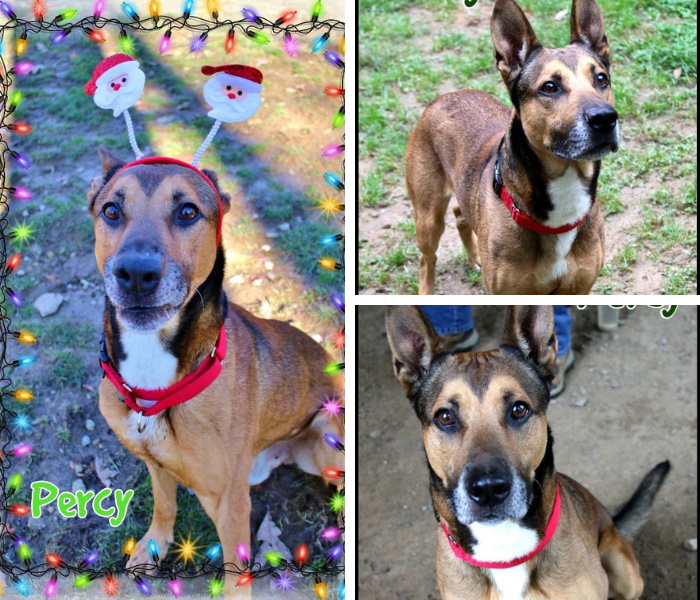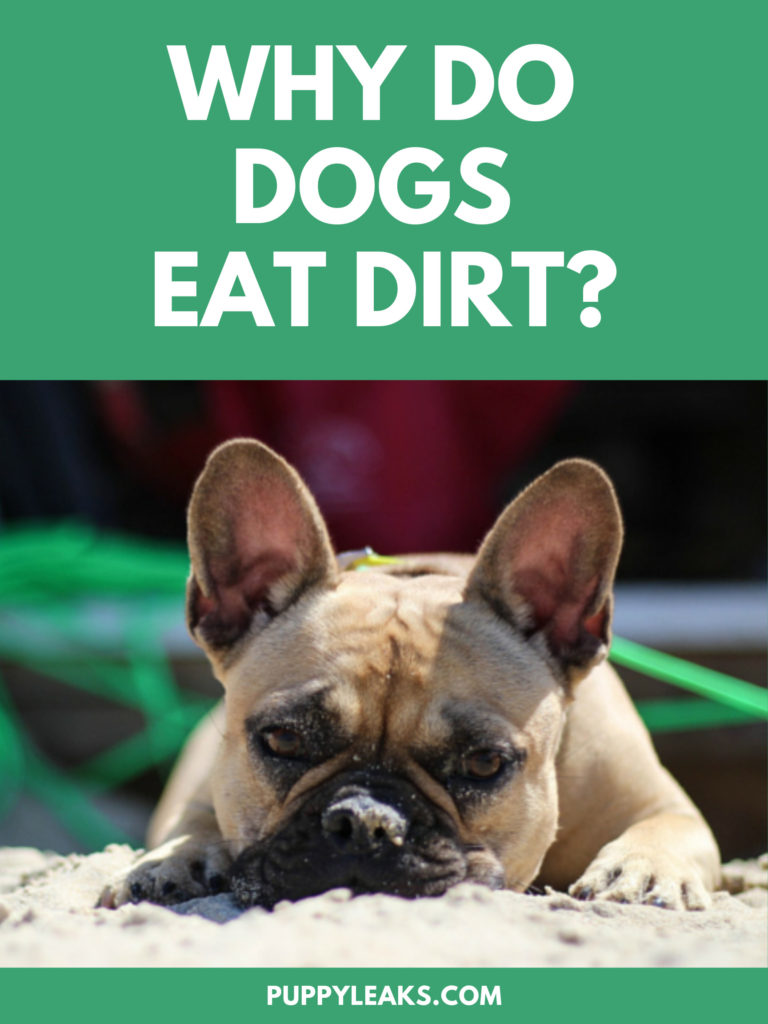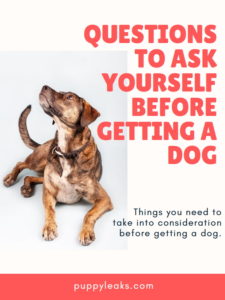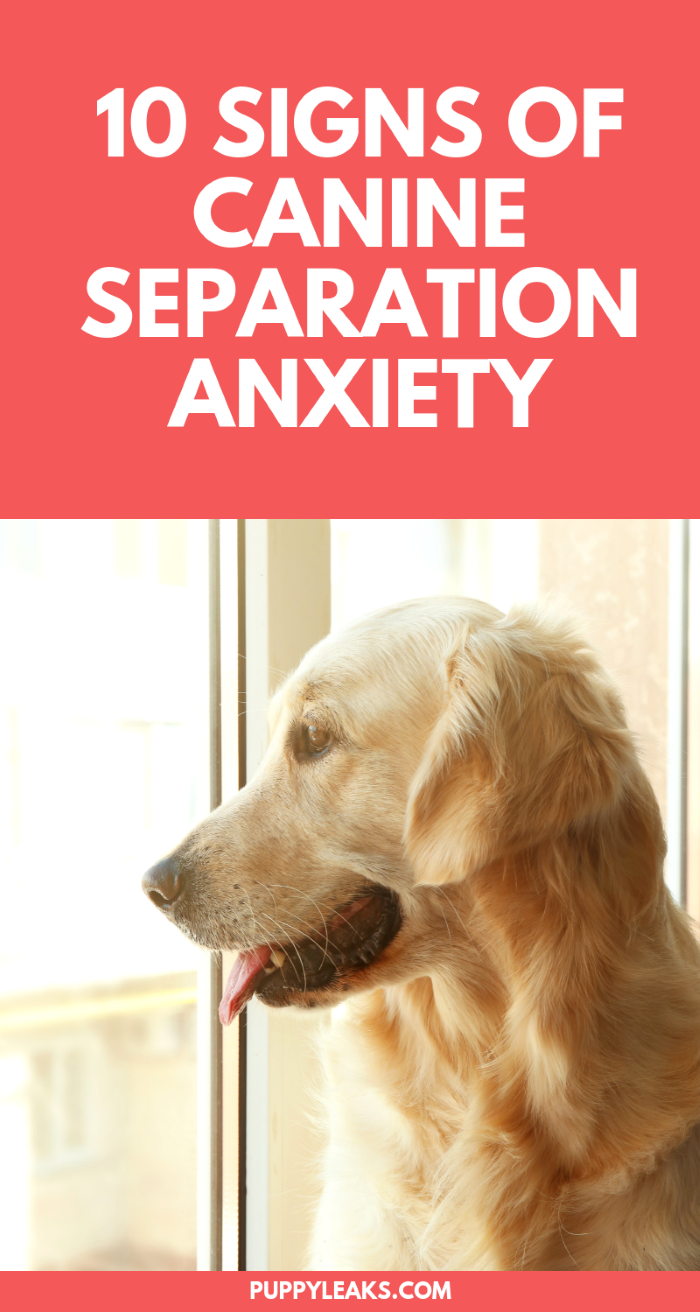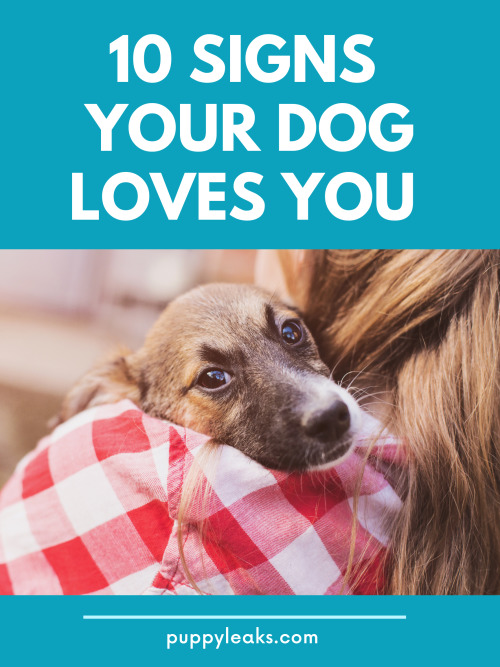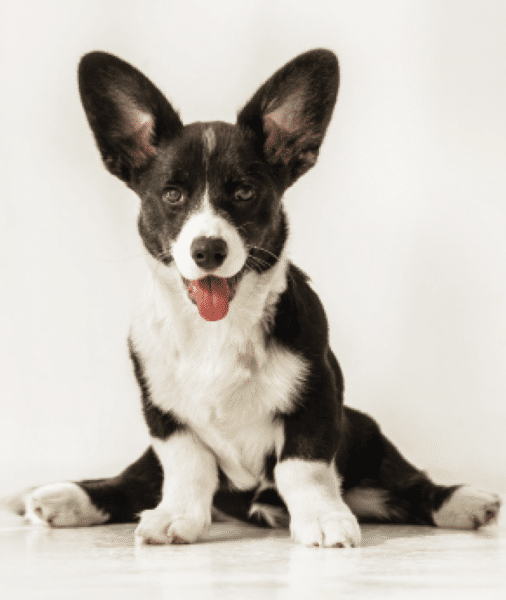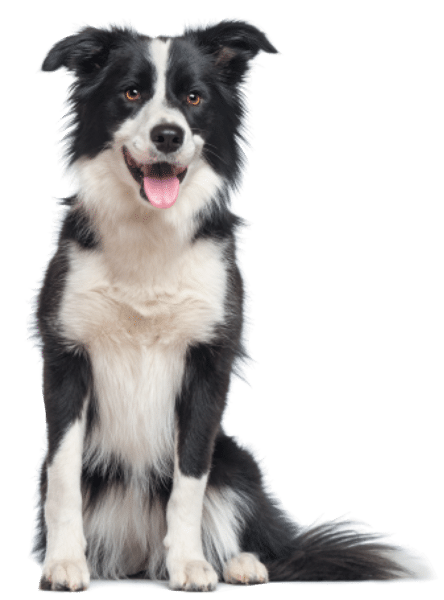So you’ve got yourself a new best friend, you’ve got all the supplies together and are ready to start your new life together, well all except for one little detail — finding the perfect name. Trust me, we’ve all been there.
Picking out a dog name is stressful; it’s going to be with them for life and it’s hard to know where to even begin coming up with ideas. So what I like to do is come up with themes, and today’s today’s theme? Disney.
Over the years they’ve created so many lovable and memorable characters, and this list has a wide variety to choose from. So if you’re looking for that perfect Disney dog name look no further. From Abby to Zira, here’s 500 Disney inspired dog names to choose from.
500+ Disney Inspired Dog Names
Abby – Chicken Little
Abu – Aladdin
Abuela – Encanto
Abuelita — Coco
Acer – Cars
Adella – The Little Mermaid
Agatha – 101 Dalmatians
Agustin – Encanto
Akela – The Jungle Book
Aladdin — Aladdin
Alana — The Little Mermaid
Alberto – Luca
Alfredo Linguini — Ratatouille
Alice — Alice in Wonderland
Alma – Encanto
Am — Lady and the Tramp
Amos – The Fox & The Hound
Anastasia — Cinderella
Andrina — The Little Mermaid
Andy — Toy Story
Angel – Lady & The Tramp
Anger — Inside Out
Anita Radcliffe — 101 Dalmatians
Anna — Frozen
Anton — Ratatouille
Antonio – Encanto
Aquata – The Little Mermaid
Archimedes – The Sword in the Stone
Ariel — The Little Mermaid
Arista — The Little Mermaid
Arlo – The Good Dinosaur
Arthur – The Sword in the Stone
Athena – The Little Mermaid
Atina — The Little Mermaid
Atka – Brother Bear
Atta – A Bug’s Life
Auguste — Ratatouille
Aurora — Sleeping Beauty
Babette – Beauty & The Beast
Bagheera — The Jungle Book
Baloo — The Jungle Book
Bambi — Bambi
Banzai — The Lion King
Barrel — The Nightmare Before Christmas
Barley – Onward
Bashful — Snow White and the Seven Dwarfs
Basil – The Great Mouse Detective
Baymax — Big Hero 6
Beast/Prince Adam — Beauty and the Beast
Beatrice – Cinderella
Belle — Beauty and the Beast
Bellwether — Zootopia
Ben – Pocohontas
Benji – Benji
Benny – Who Framed Roger Rabbit
Berlioz — The Aristocats
Bert — Cinderella
Bill – Alice in Wonderland
Billy Bones – Treasure Planet
Bing Bong — Inside Out
Bingo – Puppy Dog Pals
Bird – A Bug’s Life
Blake – Bolt
Bloat — Finding Nemo
Bobby – Bolt
Bogo – Zootopia
Bolt – Bolt
Bo Peep — Toy Story
Boo — Monsters, Inc.
Bonnie – Zootopia
Boomer – The Fox & The Hound
Bowser – Wreck-It-Ralph
Bruce — Finding Nemo
Bruno — Cinderella
Bubbles — Finding Nemo
Buford – The Princess & The Frog
Bullseye — Toy Story 2
Buttercup – Toy Story
Buzz Lightyear — Toy Story
Cai – Mulan
Camilo — Encanto
Carl — Up
Carlotta — The Little Mermaid
Casey Junior – Dumbo
Cassim – Aladdin
Caterpillar – Alice in Wonderland
Celia – Monsters, Inc.
Charlotte — The Princess and the Frog
Chef Louis — The Little Mermaid
Cheshire Cat — Alice in Wonderland
Chessur – Alice in Wonderland
Chicha – The Emperor’s New Groove
Chico – Oliver & Company
Chi-Fu – Mulan
Chick Hicks — Cars
Chief Bogo — Zootopia
Chien-Po — Mulan
Chip — Beauty and the Beast
Christopher Robin — Winnie the Pooh
Chunk – Toy Story
Ciccio – Luca
Cinderella – Cinderella
Clara (Cluck) – Mickey Mouse Universe
Clarabelle – Mickey Mouse Universe
Clarice – Mickey Mouse Universe
Claude – The Hunchback of Notre Dame
Clawhauser — Zootopia
Clayton – Tarzan
Cleo – Pinocchio
Clopin – The Hunchback of Notre Dame
Clotho – Hercules
Cobra Bubbles — Lilo & Stitch
Coco – 101 Dalmatians
Cogsworth — Beauty and the Beast
Colette Tatou — Ratatouille
Colt – Onward
Copper — The Fox and the Hound
Cordelia – The Little Mermaid
Cornelius – Meet The Robinsons
Cri-Kee — Mulan
Cruella De Vil — 101 Dalmatians
Crush — Finding Nemo
Cubby – Peter Pan
Daisy Duck — Mickey Mouse Universe
Daliah – Aladdin
Daniela – Luca
Dandy – Dumbo
Danny – 101 Dalmatians
Dante – Coco
Daphne – Cinderella
Darling — Lady and the Tramp
Dash Parr — The Incredibles
David – Lilo & Stitch
Deb — Finding Nemo
Denahi — Brother Bear
Dewdrop – Onward
Dewey — DuckTales
Dex – Country Bears
Diablo — Sleeping Beauty
Diego – Go, Diego, Go
Dinah – Alice in Wonderland
Dinky – The Fox & The Hound
Disgust — Inside Out
Djali – The Hunchback of Notre Dame
Django – Ratatouille
Doc — Snow White and the Seven Dwarfs
Dodo – Alice in Wonderland
Dodger — Oliver & Company
Dolores — Encanto
Domino – 101 Dalmatians
Donald— Duck Tales
Dopey — Snow White and the Seven Dwarfs
Dory — Finding Nemo
Dot – A Bug’s Life
Drizella — Cinderella
Duchess — The Aristocats
Duffy – 101 Dalmatians
Dug — Up
Duke – Zootopia
Dumbo — Dumbo
Ed — The Lion King
Eddie – Who Framed Roger Rabbit
Edna Mode — The Incredibles
Eeyore — Winnie the Pooh
Elastigirl — The Incredibles
Eli – The Good Dinosaur
Ellie — Up
Elsa — Frozen
Emile — Ratatouille
Ernesto de la Cruz — Coco
Escole – Luca
Esmeralda — The Hunchback of Notre Dame
Ester – Bolt
Ethel – The Aristocats
Eve — WALL-E
Fa Li — Mulan
Fa Zhou — Mulan
Fagin — Oliver & Company
Fauna — Sleeping Beauty
Fear — Inside Out
Featherduster — Beauty and the Beast
Felix – Encanto
Fenton – Duck Tales
Figaro – Pinocchio
Fillmore – Cars
Finn – Cars
Finnick – Zootopia
Fix-It Felix — Wreck-It Ralph
Flik – A Bug’s Life
Flit — Pocahontas
Flo – Cars
Flora — Sleeping Beauty
Flotsam — The Little Mermaid
Flounder — The Little Mermaid
Flower — Bambi
Flynn Rider — Tangled
Foxy Loxy – Chicken Little
Fozzie – The Muppets
Francesco – Cars
Francis – A Bug’s Life
Frany – Meet The Robinsons
Freckles – 101 Dalmatians
Fred — Big Hero 6
Frozone — The Incredibles
Fungus – Monsters, Inc.
Gaston — Beauty and the Beast
Genie — Aladdin
George — Mary Poppins
Georgette — Oliver & Company
Geppetto — Pinocchio
Gideon – Pinocchio
Gigi – Mickey Mouse Universe
Gill — Finding Nemo
Gizmo – The Great Mouse Detective
Go Go Tamago — Big Hero 6
Goob – Meet The Robinsons
Goofy — Disney universe
Goosey – Toy Story
Gordy – Gordy
Grecklin – Onward
Grimsby – The Little Mermaid
Grem – Cars
Grumpy — Snow White and the Seven Dwarfs
Guido – Cars
Gurgle — Finding Nemo
Gus — Cinderella
Gusteau – Ratatouille
Gwen – Tangled
Gypsy – A Bug’s Life
Hades — Hercules
Hakeem – Aladdin
Hamish – Alice in Wonderland
Hamm – Toy Story
Hans – Frozen
Happy — Snow White and the Seven Dwarfs
Harper – Wizards of Waverly Place
Hatter — Alice in Wonderland
Hazel – The Lion King
Hector Rivera — Coco
Hei Hei — Moana
Heimlich – A Bug’s Life
Hera – Hercules
Hercules — Hercules
Hermes – Hercules
Hiro Hamada — Big Hero 6
Holley – Cars
Honey Lemon — Big Hero 6
Hopper – A Bug’s Life
Horace — 101 Dalmatians
Horst — Ratatouille
Humbert (the Huntsman) – Snow White
Huey – DuckTales
Hugo – The Hunchback of Notre Dame
Hunter – Bambi
Iago – Aladdin
Isabel — Encanto
Jack-Jack Parr — The Incredibles
Jacques — Finding Nemo
Jafar — Aladdin
Jane — Tarzan
Jaq — Cinderella
Jasmine — Aladdin
Jasper — 101 Dalmatians
Jenny — Oliver & Company
Jessica – Who Framed Roger Rabbit
Jessie — Toy Story 2
Jetsam — The Little Mermaid
Jim — Lady and the Tramp
Jiminy Cricket — Pinocchio
Jin Lee – Turning Red
Jock — Lady and the Tramp
Joe — Soul
Joey – Bolt
Joy — Inside Out
Judy Hopps — Zootopia
Jules – Enchanted
Julieta – Encanto
Jumba Jookiba — Lilo & Stitch
Kaa — The Jungle Book
Kala — Tarzan
Kanga — Winnie the Pooh
Kano – The Lion King
Kaw Chief — Peter Pan
Kekata – Pocohontas
Kenai — Brother Bear
Kerchak — Tarzan
Kevin — Up
Kiara – The Lion King
Kirby – Chicken Little
Kit – Tale Spin
Kocoum — Pocahontas
Koda — Brother Bear
Kovu – The Lion King
Kristoff — Frozen
Kronk — The Emperor’s New Groove
Kuzco — The Emperor’s New Groove
Lady — Lady and the Tramp
Lafayette – The Aristocats
Lalo – Ratatouille
Larousse – Ratatouille
Laurel – Onward
Laverne – The Hunchback of Notre Dame
Lefty – Meet The Robinsons
Lewis – Meet The Robinsons
Le Fou — Beauty and the Beast
Li Shang — Mulan
Libba Gardner — Soul
Lightning McQueen — Cars
Lilo — Lilo & Stitch
Ling — Mulan
Lloyd – Bolt
Lock — The Nightmare Before Christmas
Lon – Pocohontas
Lorenzo – Luca
Louie — DuckTales
Louis — The Princess and the Frog
Luca – Luca
Lucifer — Cinderella
Luigi – Cars
Lucky – 101 Dalmatians
Luisa — Encanto
Lumiere — Beauty and the Beast
Lupo – The Fox & The Hound
Machas – Zootopia
Machiavelli – Luca
Mack – Cars
Madellaine – The Hunchback of Notre Dame
Maleficent — Sleeping Beauty
Mama Coco — Coco
Manny – A Bug’s Life
Mariano – Encanto
Marie — The Aristocats
Marlin — Finding Nemo
Martin – Bolt
Mary Darling — Peter Pan
Mary Poppins – Mary Poppins
Massimo – Luca
Maui — Moana
Maurice — Beauty and the Beast
Max — The Little Mermaid
Maximus — Tangled
Mayor — The Nightmare Before Christmas
Meeko — Pocahontas
Megara — Hercules
Mei Lee – Turning Red
Melody — The Little Mermaid
Melvin – Chicken Little
Merida — Brave
Merlin – The Sword in the Stone
Merryweather — Sleeping Beauty
Mickey — Disney universe
Miguel — Coco
Miles – Cars
Mindy – Bolt
Ming Lee – Turning Red
Minnie — Disney universe
Mirabel — Encanto
Mirage – The Incredibles
Miriam – Turning Red
Misty – 101 Dalmatians
Mittens – Bolt
Moana — Moana
Mochi – Big Hero 6
Molly – Toy Story
Molt – A Bug’s Life
Moonwind — Soul
Monstro – Pinocchio
Monty – Kim Possible
Morkubine – Chicken Little
Morph — Treasure Planet
Mortimer (Mouse) – Mickey Mouse Universe
Mother Gothel — Tangled
Mowgli — The Jungle Book
Mufasa — The Lion King
Mulan — Mulan
Muses – Hercules
Mushu — Mulan
Mustafa – Ratatouille
Nakoma — Pocahontas
Nala — The Lion King
Nana — Peter Pan
Nani — Lilo & Stitch
Nemo — Finding Nemo
Nero – The Rescuers
Nessus – Hercules
Nibs – Peter Pan
Nick — Zootopia
Nigel — Finding Nemo
Nita – Brother Bear
Nuka – The Lion King
Oaken — Frozen
Octavius – Cinderella
Olaf — Frozen
Oliver — Oliver & Company
Olivia – The Great Mouse Detective
Oogie Boogie — The Nightmare Before Christmas
Ortensia – Disney Universe
Oswald – Disney Universe
Otto – Robin Hood
Owl — Winnie the Pooh
Pacha — The Emperor’s New Groove
Pain — Hercules
Panic — Hercules
Pascal — Tangled
Patch – 101 Dalmatians
Peach — Finding Nemo
Pedro – Encanto
Peg — Lady and the Tramp
Pegasus — Hercules
Penny – 101 Dalmatians
Pepa — Encanto
Pepita — Coco
Pepper – 101 Dalmatians
Percy – Pocohontas
Perdita — 101 Dalmatians
Peter Pan — Peter Pan
Phil — Hercules
Phoebus – The Hunchback of Notre Dame
Piglet — Winnie the Pooh
Pinocchio — Pinocchio
Pleakley — Lilo & Stitch
Pluto — Disney Universe
Pocahontas — Pocahontas
Pom Pom – Cinderella
Pongo – 101 Dalmatians
Priya – Turning Red
Prudence – Cinderella
Pumbaa — The Lion King
Quasimodo — The Hunchback of Notre Dame
Queen Elinor — Brave
Queen Leah — Sleeping Beauty
Queenie – Bambi
Rabbit — Winnie the Pooh
Rafiki — The Lion King
Rajah — Aladdin
Raksha – The Jungle Book
Ralph — Wreck-It Ralph
Ramone – Cars
Randall — Monsters, Inc.
Ranger – Bambi
Ranjan – The Jungle Book
Rapunzel — Tangled
Ray — The Princess and the Frog
Remy — Ratatouille
Rex — Toy Story
Rhino – Bolt
Riley — Inside Out
Rocko – 101 Dalmatians
Roger — 101 Dalmatians
Rolly – 101 Dalmatians
Roo — Winnie the Pooh
Roscoe – Oliver & Company
Rosie – A Bug’s Life
Roxanne — A Goofy Movie
Roz — Monsters, Inc.
Russell — Up
Rusty – Bolt
Sabor – Tarzan
Sadness — Inside Out
Sally — The Nightmare Before Christmas
Samson — Sleeping Beauty
Sarabi — The Lion King
Sarge – 101 Dalmatians
Sarousch – The Hunchback of Notre Dame
Saul – Bolt
Scar — The Lion King
Scroop – Treasure Planet
Scuttle — The Little Mermaid
Scrooge McDuck — Duck Tales
Sebastian — The Little Mermaid
Shaker – Country Bears
Shan Yu — Mulan
Shanti – The Jungle Book
Shenzi — The Lion King
Shere Khan — The Jungle Book
Shock — The Nightmare Before Christmas
Si — Lady and the Tramp
Sid — Toy Story
Simba — The Lion King
Sir Hugh – Cinderella
Sis – Robin Hood
Skinner — Ratatouille
Skippy – Robin Hood
Sleepy — Snow White and the Seven Dwarfs
Slightly – Peter Pan
Slim – A Bug’s Life
Slinky Dog — Toy Story
Sneezy — Snow White and the Seven Dwarfs
Snow White — Snow White and the Seven Dwarfs
Sonic – Wreck-It-Ralph
Sparks – Toy Story
Speedy – Zootopia
Spot – 101 Dalamtians
Squirt — Finding Nemo
Stinky Pete — Toy Story 2
Stitch — Lilo & Stitch
Stretch – Toy Story
Stromboli – Pinocchio
Stu – Zootopia
Sven — Frozen
Sulley – Monsters, Inc.
Sultan — Beauty and the Beast
Sydney – Toy Story
Syndrome — The Incredibles
Tadashi — Big Hero 6
Tamatoa — Moana
Tantor — Tarzan
Tarzan — Tarzan
Te Fiti — Moana
Terk — Tarzan
Thimble – Country Bears
Thomas — The Aristocats
Thumper — Bambi
Tiana — The Princess and the Frog
Tibbs – 101 Dalmatians
Tic Toc – Peter Pan
Tiger Lily — Peter Pan
Tigger — Winnie the Pooh
Timon — The Lion King
Tina – Chicken Little
Tinker Bell — Peter Pan
Tiny – Meet The Robinsons
Tip – The Little Mermaid
Tito — Oliver & Company
Toby – Robin Hood
Tod — The Fox and the Hound
Tom – Bolt
Tootles – Peter Pan
Toulouse — The Aristocats
Tow Mater — Cars
Tramp — Lady and the Tramp
Trixie – Toy Story
Trusty — Lady and the Tramp
Turbo – Wreck-It-Ralph
Tweedledee — Alice in Wonderland
Tweedledum — Alice in Wonderland
Tyler – Turning Red
Ursula — The Little Mermaid
Uto – Tarzan
Vanellope von Schweetz — Wreck-It Ralph
Victor – The Hunchback of Notre Dame
Vinnie – Bolt
Violet Parr — The Incredibles
Vitani – The Lion King
Voyd – The Incredibles
Wall-E — WALL-E
Wasabi — Big Hero 6
Wendy Darling — Peter Pan
Wheezy — Toy Story 2
Widow Tweed — The Fox and the Hound
Wiggins – Pocohontas
Wilbur – Meet The Robinsons
Wilden – Onward
Winifred Banks — Mary Poppins
Winnie the Pooh — Winnie the Pooh
Woody — Toy Story
Yama – Big Hero 6
Yao — Mulan
Yax – Zootopia
Yzma — The Emperor’s New Groove
Zazu — The Lion King
Zephyr – The Hunchback of Notre Dame
Zero — The Nightmare Before Christmas
Zeus – Hercules
Zira – The Lion King
More Dog Name Ideas
Looking for more name ideas for your dog? Be sure to check out the following:
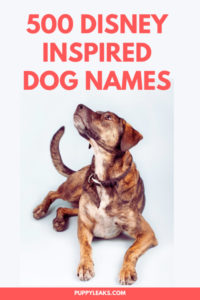
Please share with your friends 
The post 500 Disney Inspired Dog Names appeared first on Puppy Leaks.
source
https://www.puppyleaks.com/disney-inspired-dog-names/
